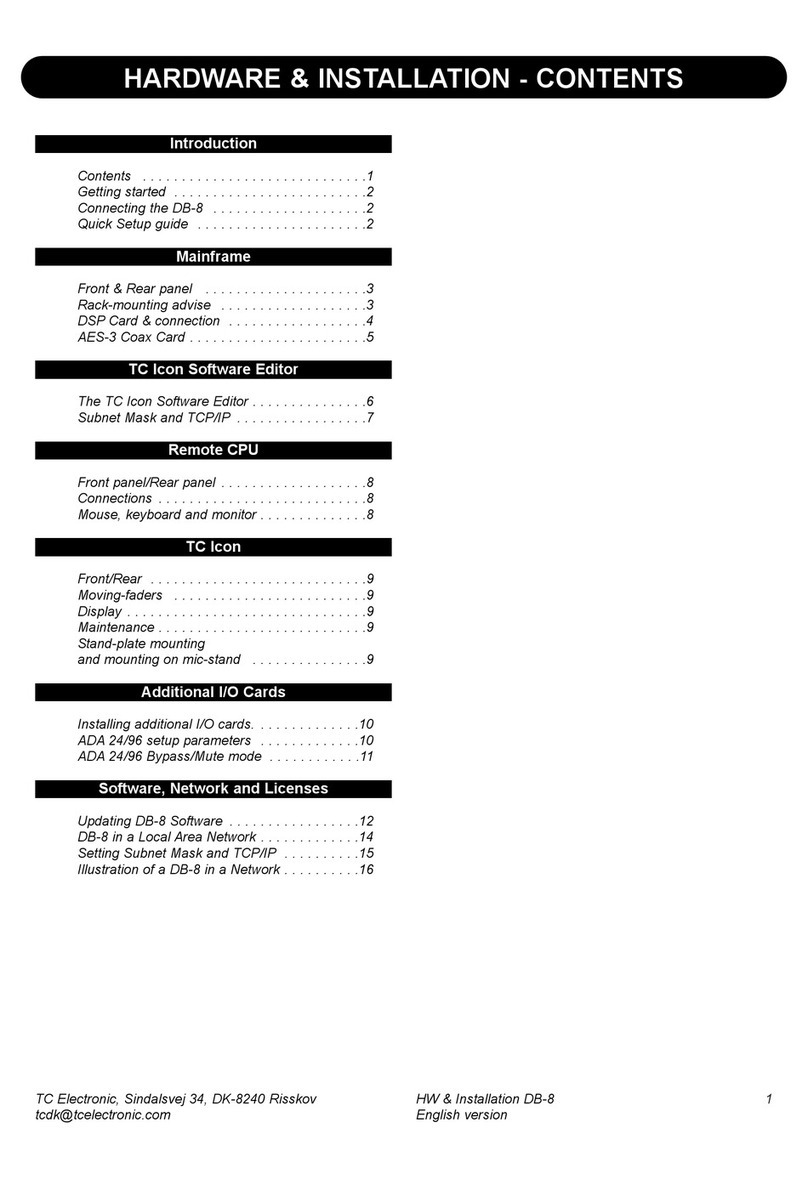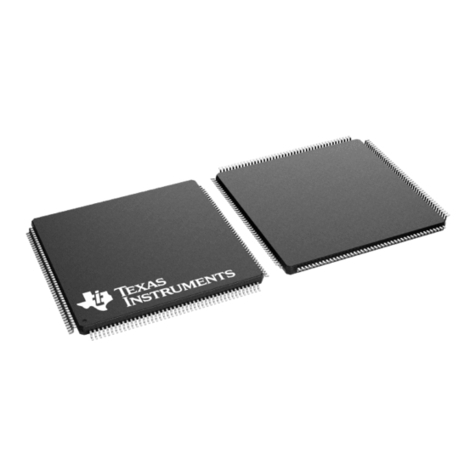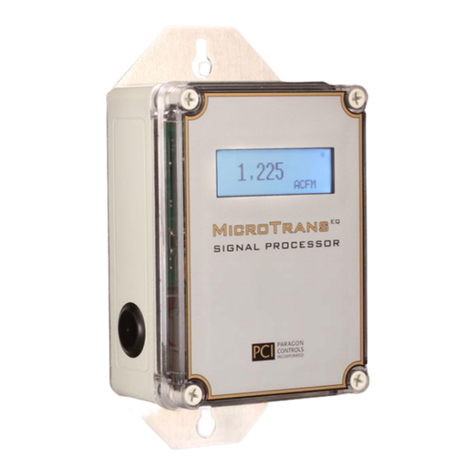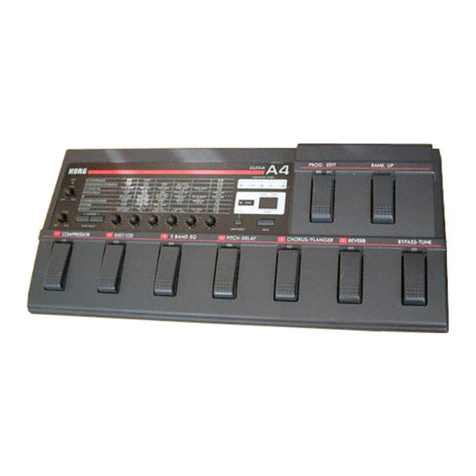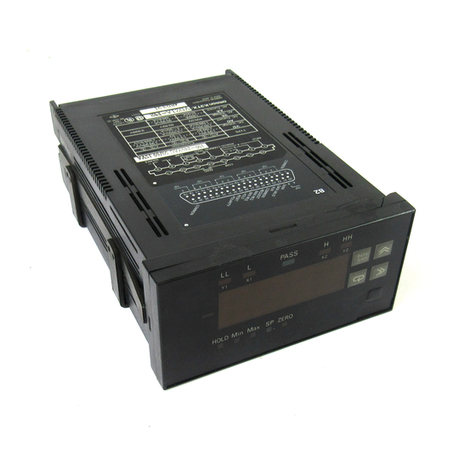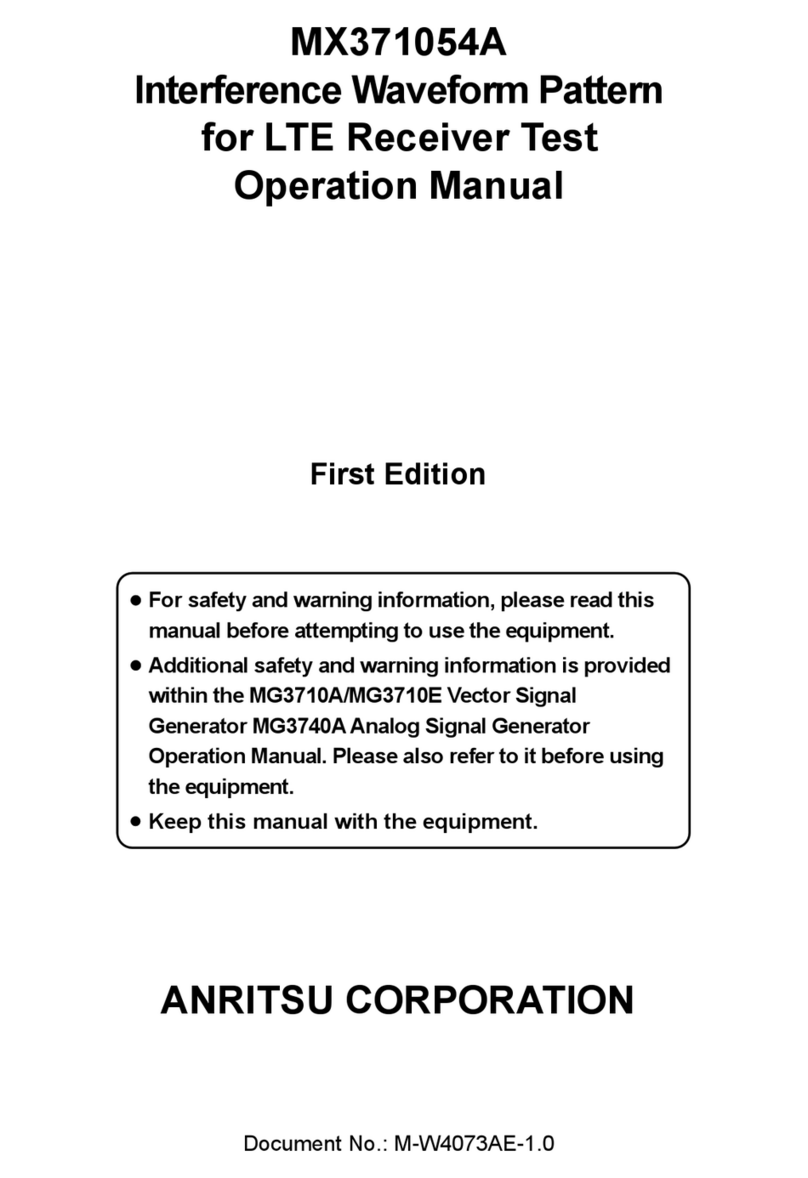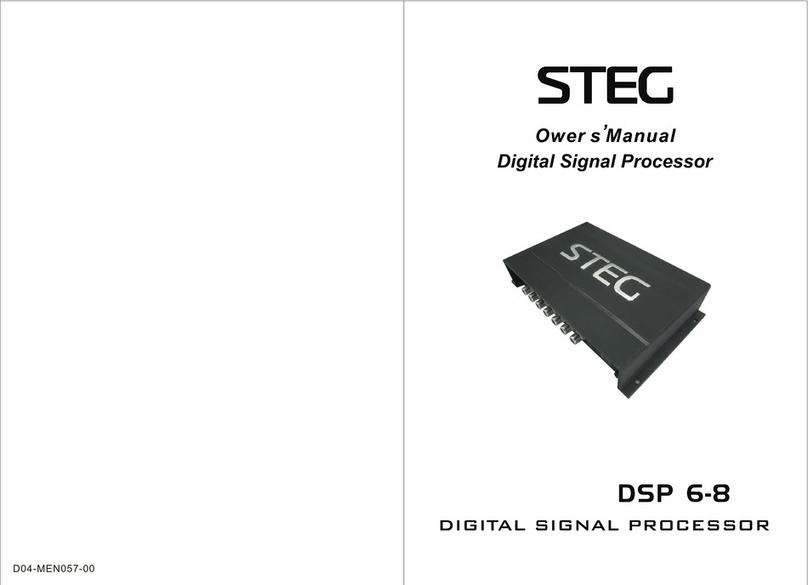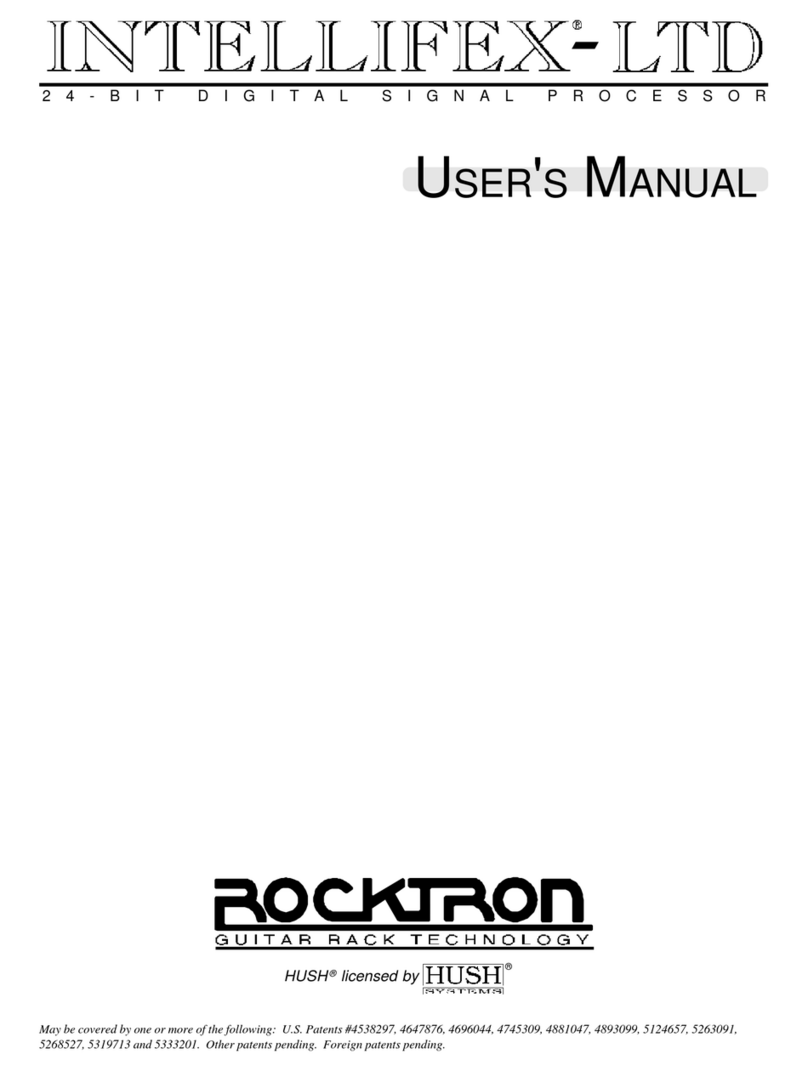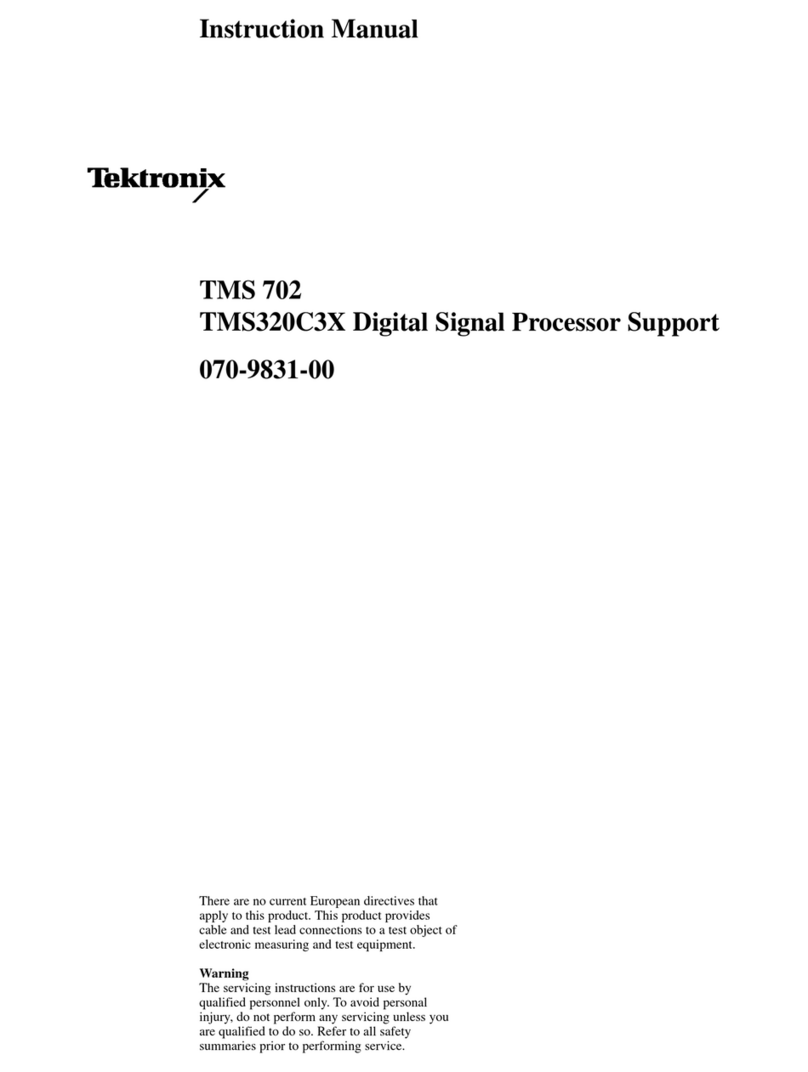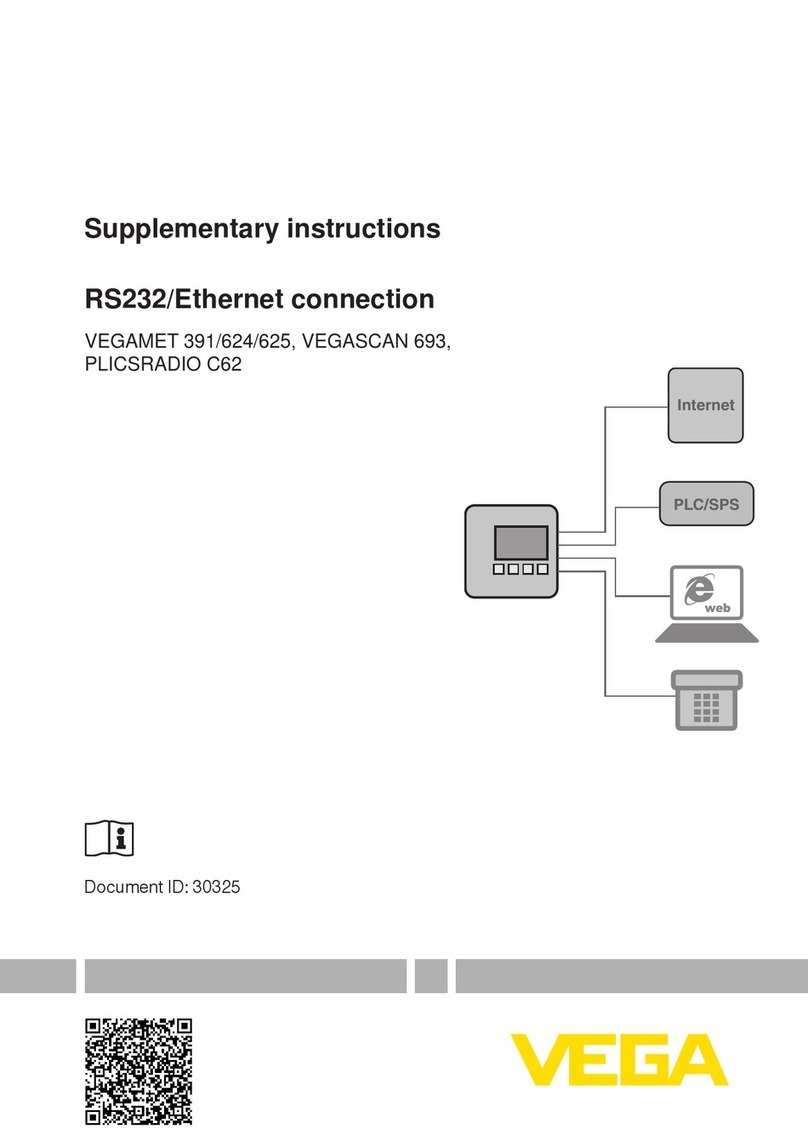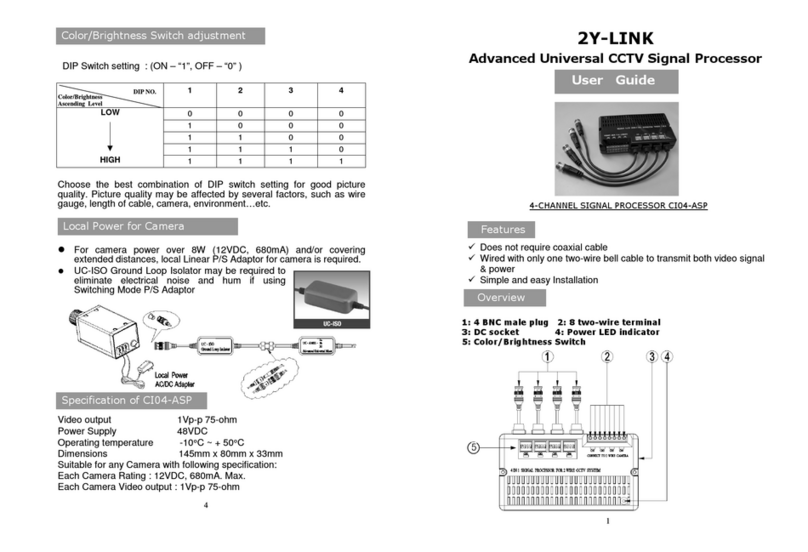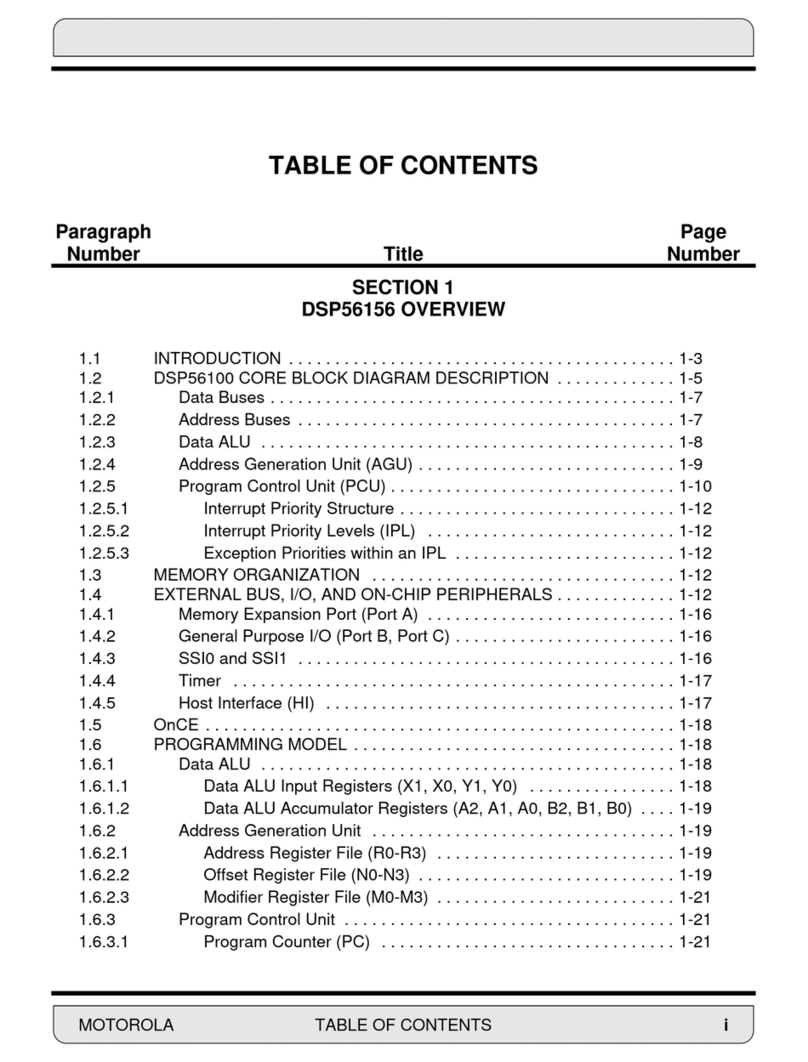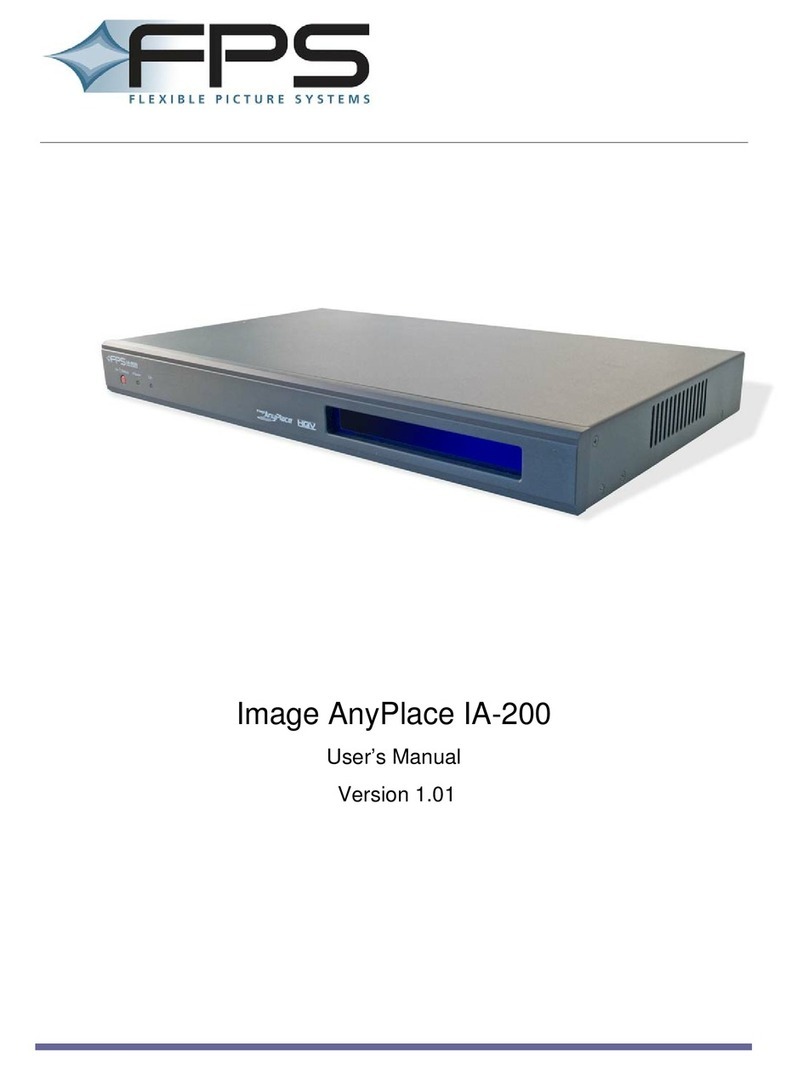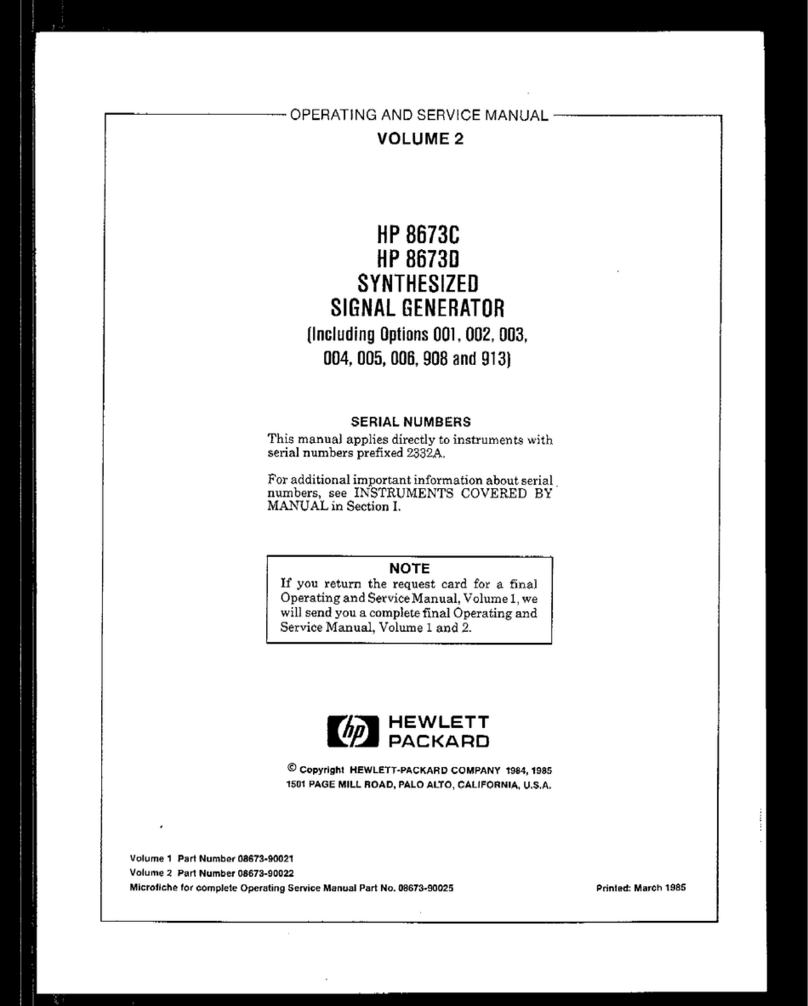
2020/09/07 17:45 7/36 Torpedo Captor X User's Manual
User's manuals - https://wiki.two-notes.com/
2.3 Is the use of a load box totally silent?
We usually talk about “silent recording” when a load box is involved. If we compare the load box
solution to a traditional cabinet miking solution, it is obviously several orders of magnitude quieter,
but you will still experience some minor sounds, noises, that have to be taken into account:
Your guitar or bass strings can be heard. This is obvious, but it can be disturbing, depending on
your environment.
You may hear some noise coming out of your Torpedo when playing, like there is a tiny speaker
inside the box. This is perfectly normal and there is no reason to worry. The sound is produced
when power goes through the coil of the reactive load embedded in the Torpedo Captor. The
vibration is related to what power comes out of the amplifier connected to the Torpedo and to
the signal’s frequency content (notes played are heard). Your amplifier may also produce
similar noise, at the output transformer’s level. Such noise is usually not heard, simply because
it is normally overcome by the sound coming from the loudspeaker. You are actually hearing
the amp actually working for the first time and it can be alarming!
The Torpedo Captor X embeds a fan, as there is quite a lot of power dissipated into heat inside
the box. We always use a “silent fan”, but as it is running extremely fast, it is never entirely
silent. This said, in normal use (hearing your guitar through monitors, or headphones), you can
barely hear that fan.
3. About the Torpedo Captor X
3.1 Introducing the Torpedo Captor X
Playing your tube amp in a great sounding room with an exceptional choice of perfectly matched
speaker cabinets and microphones is truly joyous and an unparalleled experience. The Torpedo
Captor X is for tube amp lovers who crave this every time they play – no matter the environment. You
can play your tube amp at its sweet spot and control your volume with the attenuator, anywhere. You
can even enjoy your 100 watt rig in silence with an immersive headphone experience. Fed up with
lifting heavy cabinets, inconsistent sound and stage volume issues? Go direct to the PA and audio
interface with our legendary studio-grade cabinet simulations. The Torpedo technology was created
as an answer to the high pressure musicians have to deal with: lack of time, limited gear availability,
loud amplifiers that can't be played at desired volume, as well as bulky and heavy cabinets to carry.
In addition, many musicians are more comfortable with their analog amplifier and effect pedals, and
don't want to perform using digital modeling systems, which may compromise their playing style and
sound.
For these players, the Torpedo Captor X offers a “virtual” alternative to traditional miking, using a
technology derived from the convolution reverberation, to achieve a degree of realism never
experienced previously with simulators. The Torpedo Captor X is the perfect line output everybody
should have after their amp section to send the sound directly to a PA or a recorder.
The Torpedo Captor X is a compact reactive load box, tube amp attenuator, miked cab
simulator, IR loader and stereo expander for home, live and studio use.


